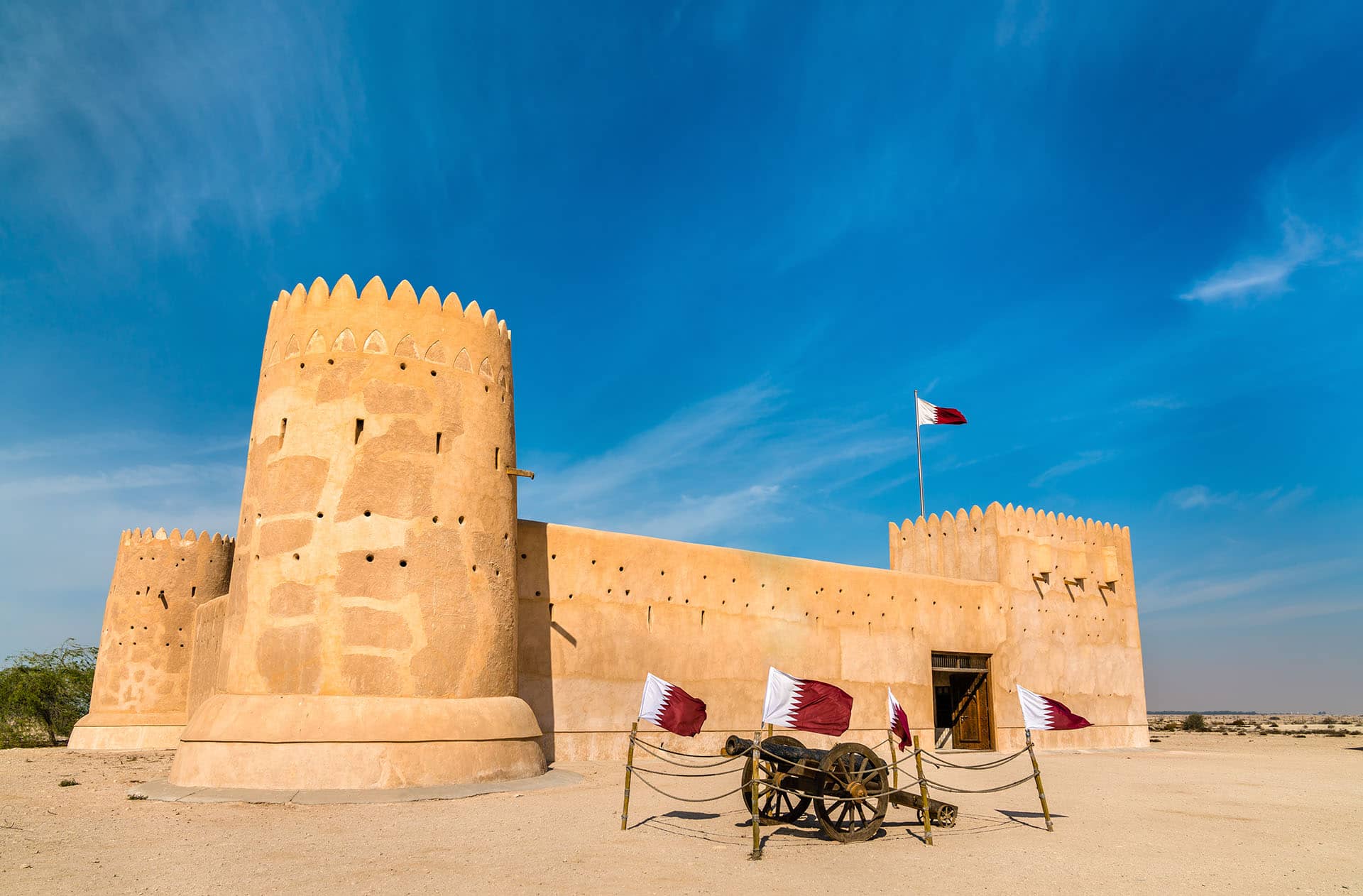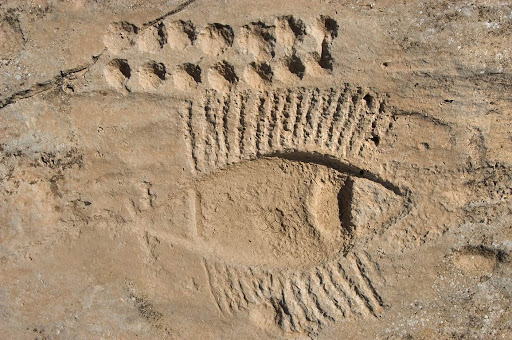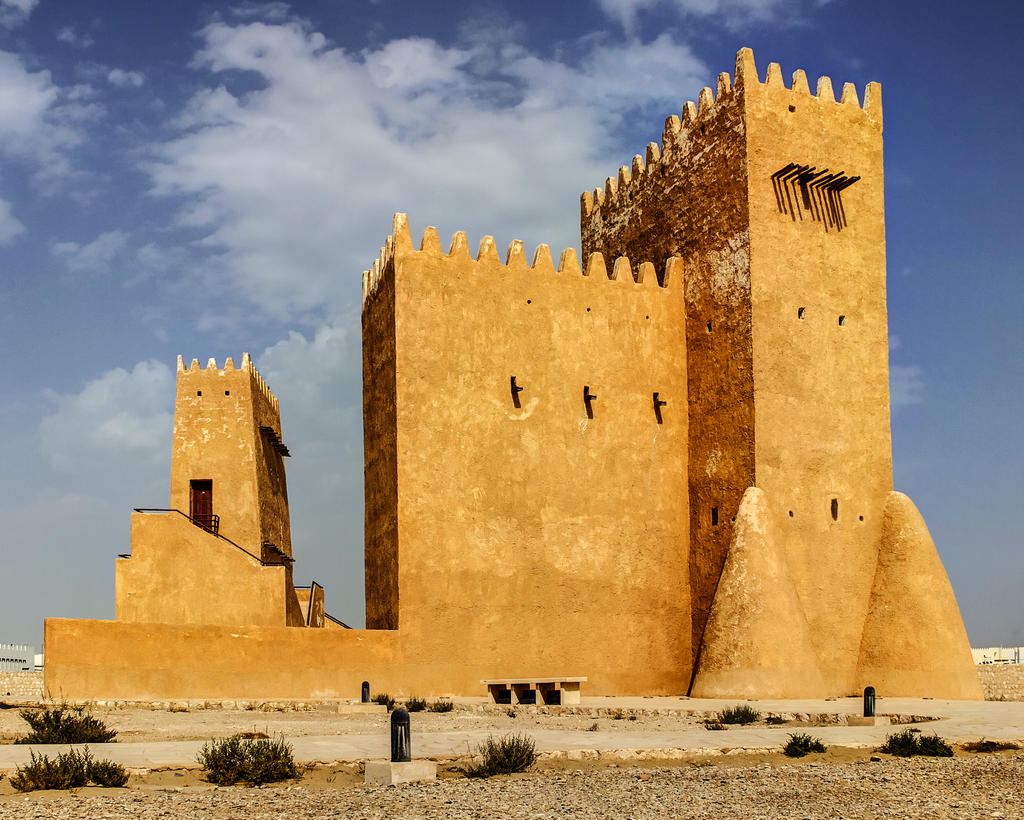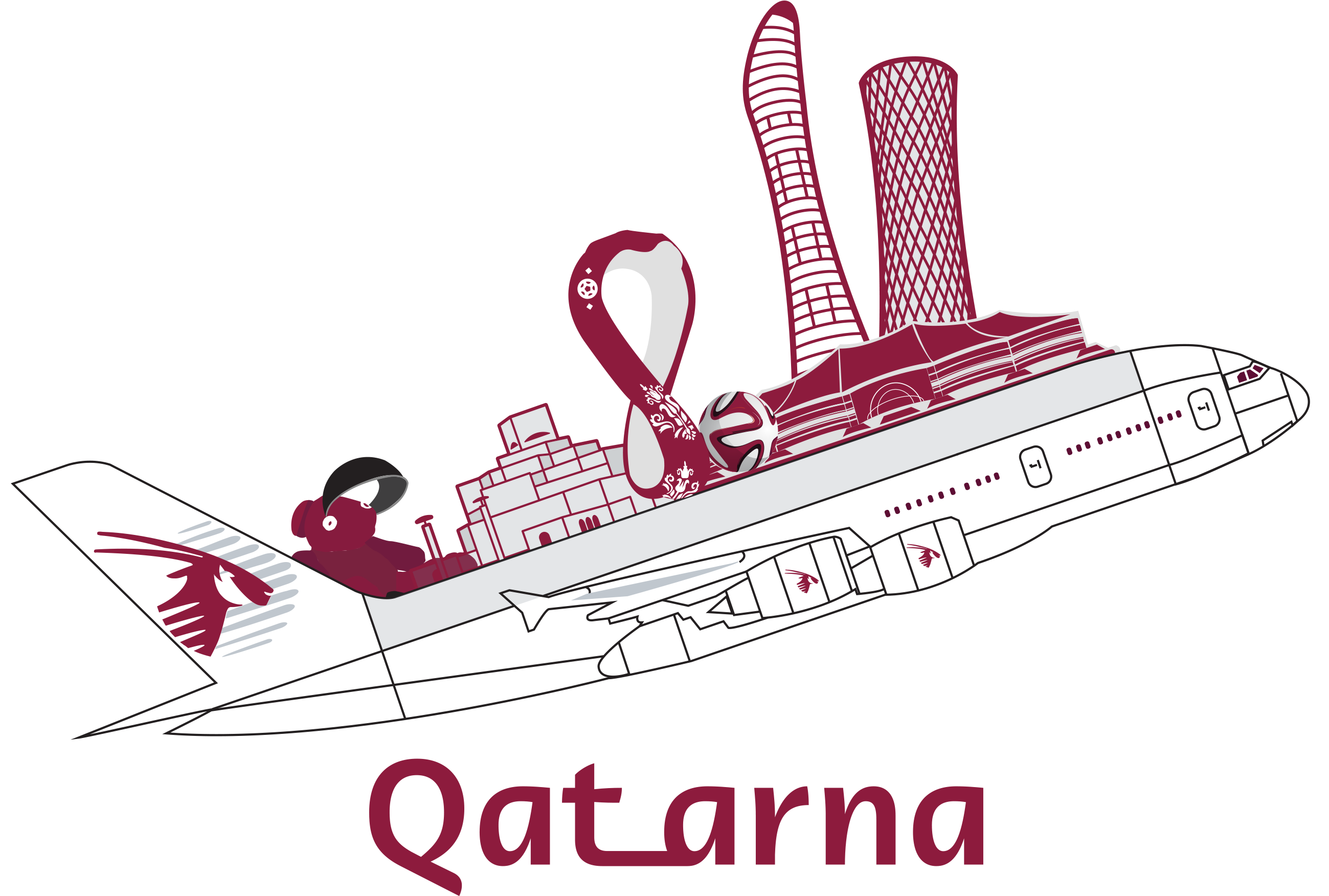Cultual itinerary
Several heritage sites offer a window into Qatar’s past, from the UNESCO site of Al Zubarah, Al Jassasiya Rock Carvings, to the once thriving dye industry at Bin Gannam Island.
Al Zubarah Fort
Adjacent to the walled coastal town of Al Zubarah, this 20th century fort is the youngest and most prominent feature of the Al Zubarah Archaeological Site, a UNESCO World Heritage site. A pristine example of a typical Arab fort, its one-meter-thick walls warded off invaders and helped keep rooms cool during the hot summer. This important site houses residential palaces, mosques, courtyard houses, fishermen’s huts, streets, double defensive walls, a harbour, a canal, and cemeteries.
The fort overlooks the ruins of a once bustling pearling and trading town which bore witness to fierce tribal battles in the 18th century as powerful empires fought for regional dominance. Today, the fort has been transformed into a museum where visitors can explore artefacts from the pearl diving era.

Al Jassasiya Rock Carvings
Located in the north-east of Qatar, Al Jassasiya is the most impressive of Qatar’s dozen rock-carving sites. It comprises a total of 874 carvings, known as ‘petroglyphs’, the earliest thought to date from Neolithic times. What may appear to be a deserted sandstone quarry is a heritage site packed with mystery. Discovered around 1957, the rocky desertscape has distinct carvings stretching across an area 700 meters wide. The Al Jassasiya rock carvings feature various shapes, including rosettes, fish, ostriches and cup marks. Carvings of dhow boats, which remain in use to this day, offer a direct link to a long ago past. The cup marks are believed to represent vessels used to store pearls or play ancient board games known as Al Haloosa or Al Huwaila.

Barzan Towers
Built in the traditional Qatari design from coral rock and limestone between 1910- 16, this imposing 16-meter high watchtower was a lookout for approaching ships, particularly those of incoming Ottoman troops in the early 1900s. It is believed to have also been used to protect water supplies and as an observatory to track the moon and determine the dates of the lunar calendar. Unlike other forts in Qatar, the Barzan Towers were built over several floors, giving it the name Barzan, which means High Place in Arabic.

